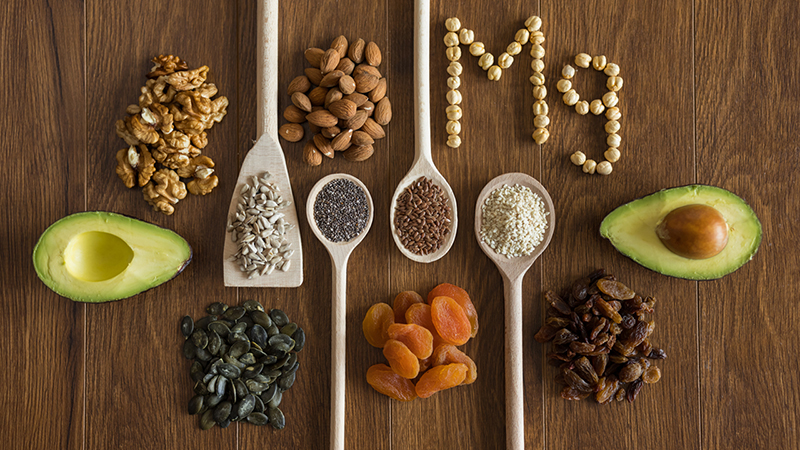Peanut Allergy Primer
The Basics Behind a Prevalent Food Allergy
Peanut and tree nut allergies affect approximately three million Americans. And the number of children with peanut allergies has tripled between 1997 and 2008 with only 20 percent of children outgrowing the allergy.
Luckily, public awareness of peanut allergies is high and medical research efforts are keeping pace. News outlets frequently report breakthrough studies and theories as scientists work to determine what causes peanut allergies and how parents can best prevent or treat them.
At Ann and Robert H. Lurie Children’s Hospital of Chicago, scientists are exploring immunotherapy treatment through tiny doses of peanut and peanut patches to build up immunity.
If you’re concerned about peanut allergies, or have questions about a study you’ve read, talk to your pediatrician to find out what it means for you. For the basics surrounding the allergy, read on.
What causes peanut allergies?
Scientists are still researching the origins of peanut allergies, but some of the reigning theories include:
- Living Cleaner: People are living more hygienically than in the past, which some scientists believe may cause our immune systems to overreact to the otherwise harmless proteins in peanuts.
- Waiting Longer: Delayed exposure to peanuts may affect the ability of a child’s immune system to build up tolerance.
- Roasting Peanuts: Peanuts are more likely to be roasted in Western countries. The roasting process can change the peanut proteins, which can make the immune system more like to create allergy causing antibodies.
How do you prevent peanut allergies?
There’s no guaranteed prevention for peanut allergies. Recent studies suggest that early consumption may be more beneficial than abstaining until age 3. That said, the research is new. Therefore, you should talk to your pediatrician before making any dietary decisions or modifications for your child.
What are the symptoms of a peanut allergy reaction?
The symptoms of a mild reaction to peanuts include:
- Hives, red spots or large welts
- Runny nose or congestion
- Watery or swollen eyes
- Itchiness of the mouth or throat
- Wheezing, coughing, hoarseness
- Trouble breathing
- Stomachache, vomiting, diarrhea
Severe peanut allergies can also induce anaphylaxis, a potentially life-threatening reaction that can send the body into shock. Symptoms of anaphylaxis include:
- Impaired breathing
- Swelling in the throat
- Sudden drop in blood pressure
- Pale skin or blue lips
- Fainting
- Dizziness
Anaphylaxis should be treated immediately with epinephrine.
What triggers a peanut-related allergic reaction?
Allergic reactions to peanuts are usually triggered by accidental ingestion. However, cross contamination and contact reactions can occur.
Eating peanuts or foods with peanuts can cause a reaction, and in some cases, direct skin contact can trigger symptoms as well. Foods that encounter peanuts or peanut products during processing may cause allergic reactions as well. Though rare, reactions to inhaled peanut protein can occur under certain circumstances.
How can you reduce your risk of a severe peanut-related allergic reaction?
Children with peanut allergies can stay safe by staying aware. Some strategies to prevent allergic reactions include:
- Avoid touching eyes, nose or mouth after contact with peanuts
- Read all food labels for ingredients and packaging information
- When eating out, ask about peanut containing foods
- Carry two epinephrine injectors at all times
- Speak with your child’s teacher or care giver about the allergy






